大众高尔夫轿车后多连杆式悬架设计(含CAD零件图装配图,CATIA三维图)
无需注册登录,支付后按照提示操作即可获取该资料.
大众高尔夫轿车后多连杆式悬架设计(含CAD零件图装配图,CATIA三维图)(任务书,开题报告,论文说明书13000字,CAD图纸5张,CATIA三维图)
摘要
本次设计的主要内容是:大众高尔夫的后悬架设计,后悬架采用的是越来越普及的多连杆独立悬架,弹性元件采用螺旋弹簧,减振器采用液力减振器,并且进行参数设计计算。使用catia三维建模软件对悬架的结构进行建模、装配与仿真。最后进行单自由度的平顺性分析,对悬架的性能进行评估,论证多连杆独立悬架整体设计的合理性。
本次设计选用的是较为先进的多连杆独立悬架,消费者对此配置的呼声很高,但受制于成本与设计难度,多连杆悬架在紧凑级车型中尚未普及,随着市场的发展,相信此悬架系统将会得到更广泛的应用。本设计通过平顺性分析,验证了多连杆悬架具有良好的性能。本次设计的多连杆独立悬架系统有美丽的发展前景。
关键词:独立悬架;多连杆;平顺性
Abstract
The main contents of this design are: the rear suspension design of VW Golf, the rear suspension adopts the increasingly popular multi-link independent suspension, the spiral spring is adopted as the elastic component, and the hydraulic damper is used as the shock absorber. And parameter design calculations. The catia 3D modeling software was used to model, assemble and simulate the suspension's structure. Finally, a single degree of freedom ride comfort analysis was performed to evaluate the performance of the suspension and demonstrate the rationality of the overall design of the multi-link independent suspension.
The design of this design is a more advanced multi-link independent suspension, consumers have a high demand for this configuration, but subject to cost and design difficulties, multi-link suspension is not yet popular in the compact-class models, with the market It is believed that this suspension system will be used more widely. This design, through the analysis of ride comfort, verifies that the multi-link suspension has good performance. The multi-link independent suspension system designed this time has a beautiful development prospect.
Key Words:independent suspension; multi-links; smoothness
悬架参数计算
S车型参数搜集
本次设计选定的匹配车型为上海大众高尔夫2018款1.6L手动时尚版,大众高尔夫(Golf)第一次出现是1974年在由大众汽车以小型家用两厢车推出的。目前已经畅销全球,目前国内最新款是2018款,高尔夫是大众汽车公司生产最多的品种,也是最畅销的车型。据统计高尔夫在全球畅销车型排名中名列第三位,在国内市场更是有不可撼动的地位,其参数配置如下:
基本资料
车型名称 上海大众高尔夫 车体结构 两厢轿车 级别 紧凑型车
整备质量 1200Kg 满载质量 1525Kg 座位数 5
轴距 2637mm 轮距 1549/1520mm(前、后) 轮胎 205/55 R16(前、后)
全车长度 4259mm 车身宽度 1799mm 车身高度 1452mm
发动机排量 1598ml 最大功率 81/5800 KW/rpm 最大扭矩 155/3800 N•m/rpm
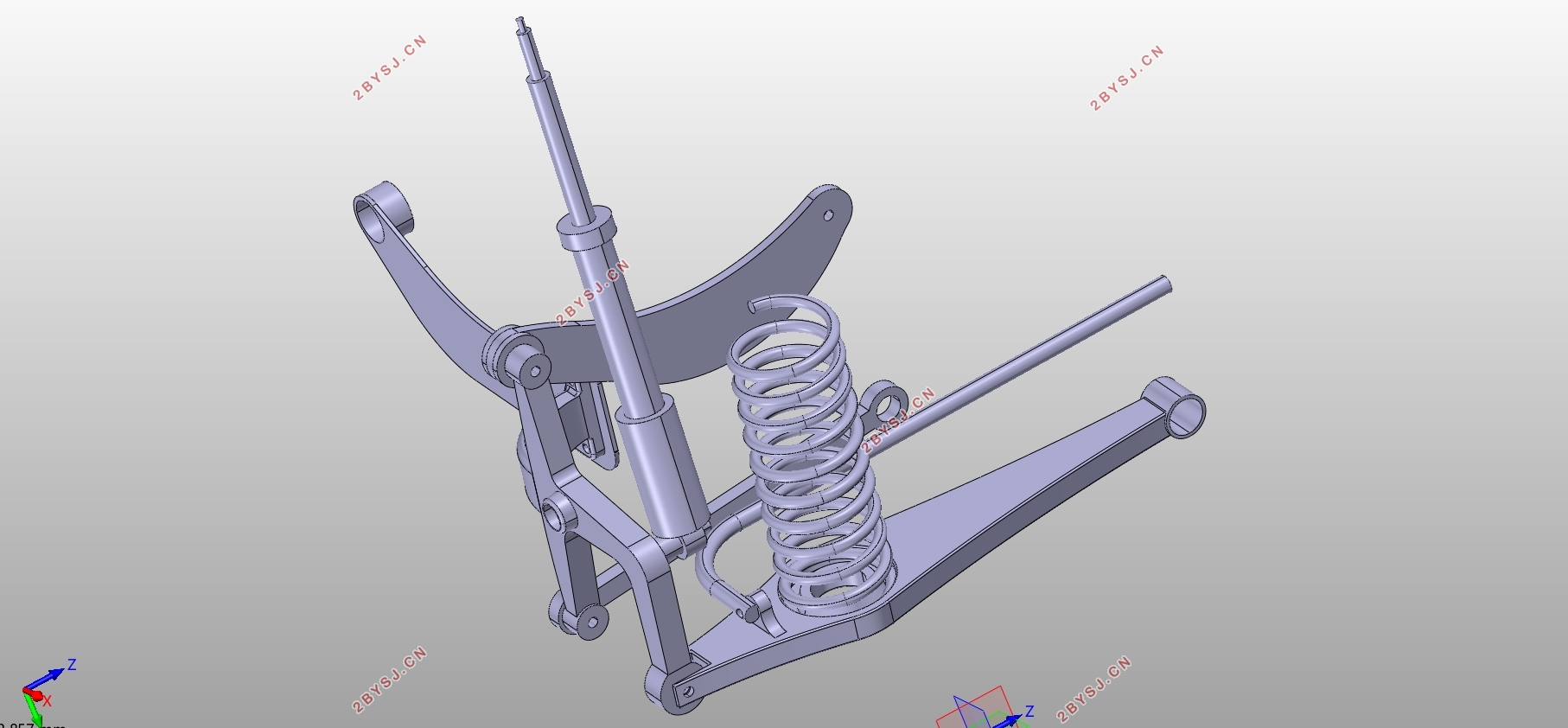
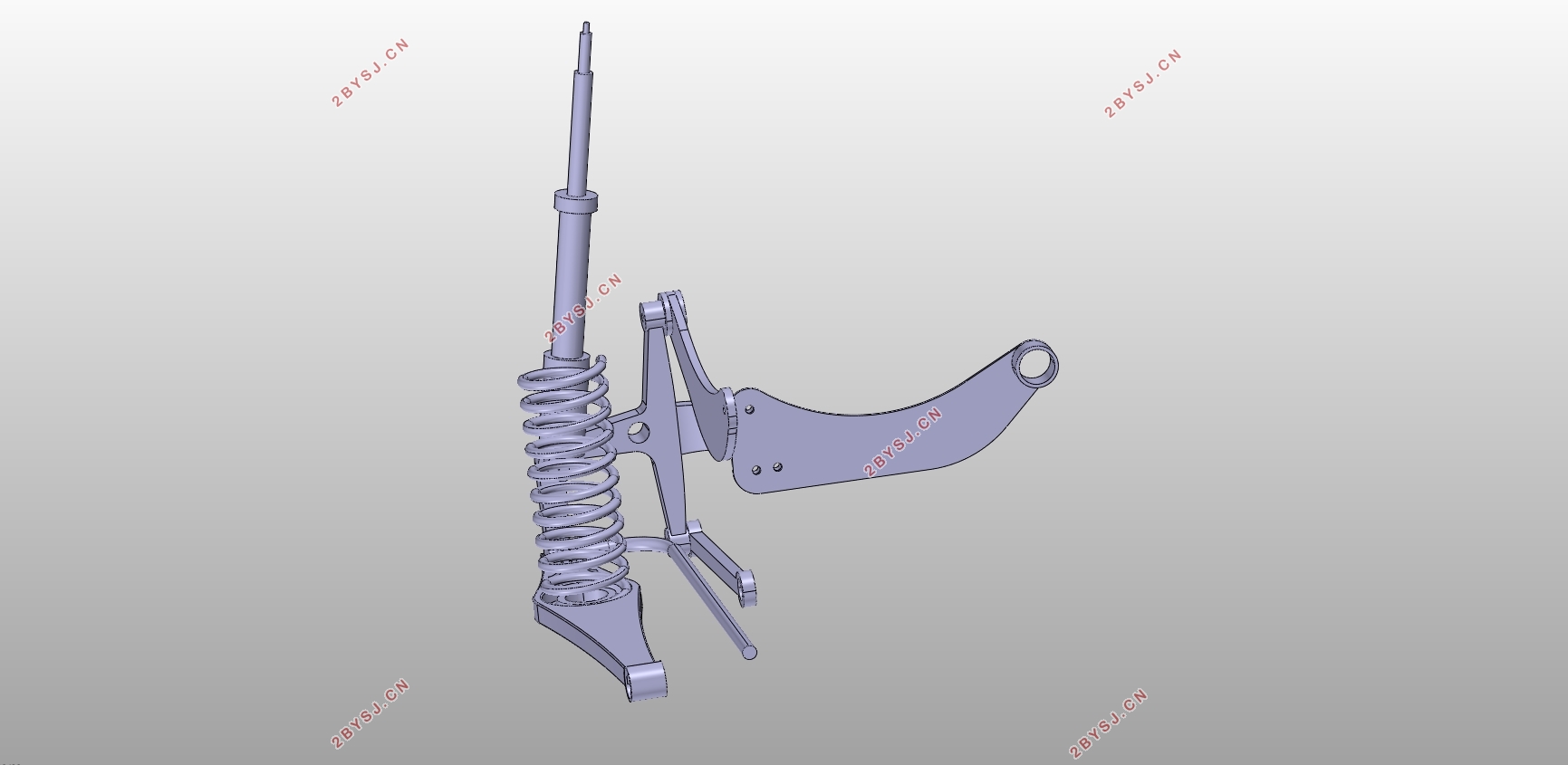
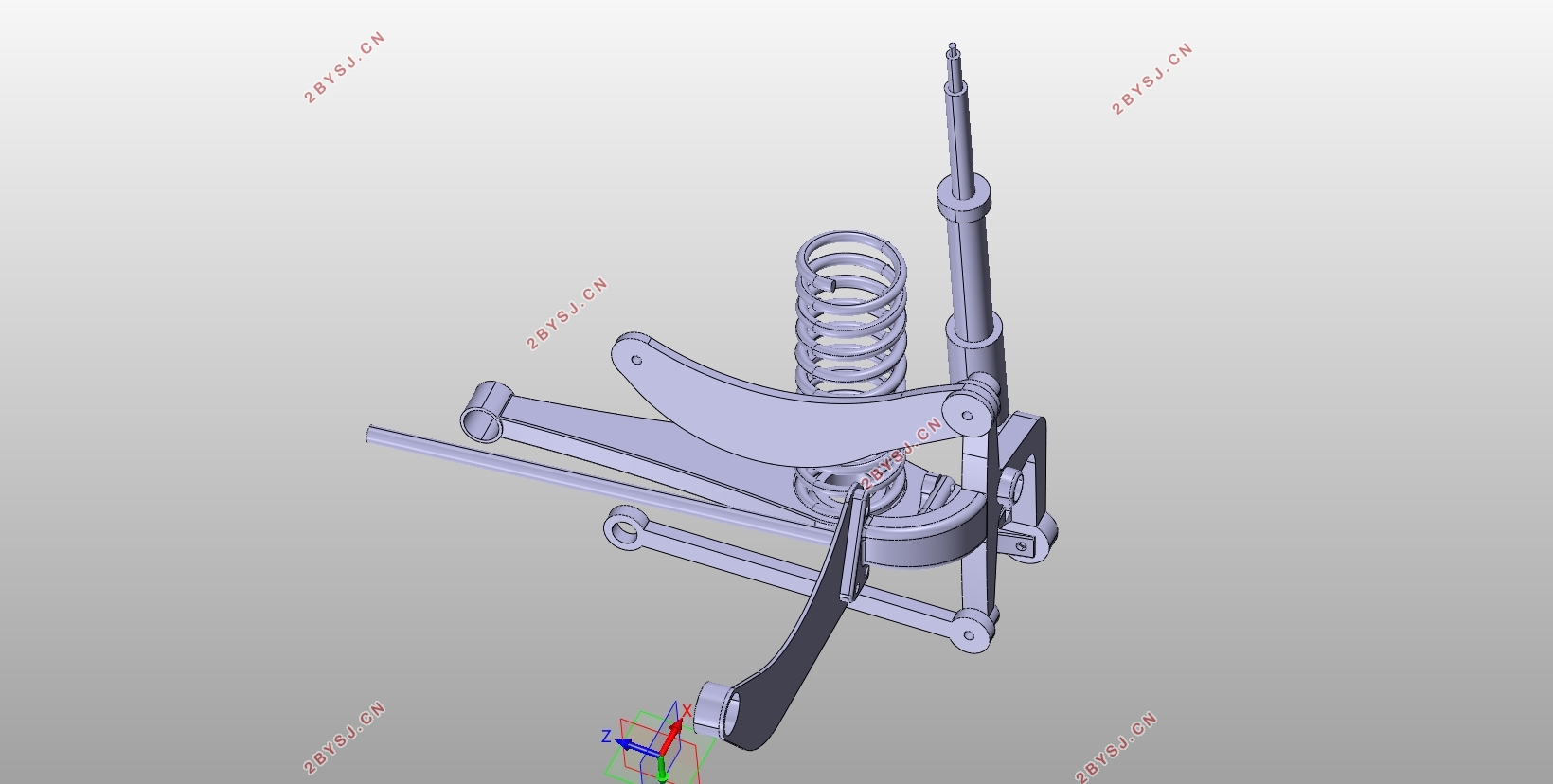
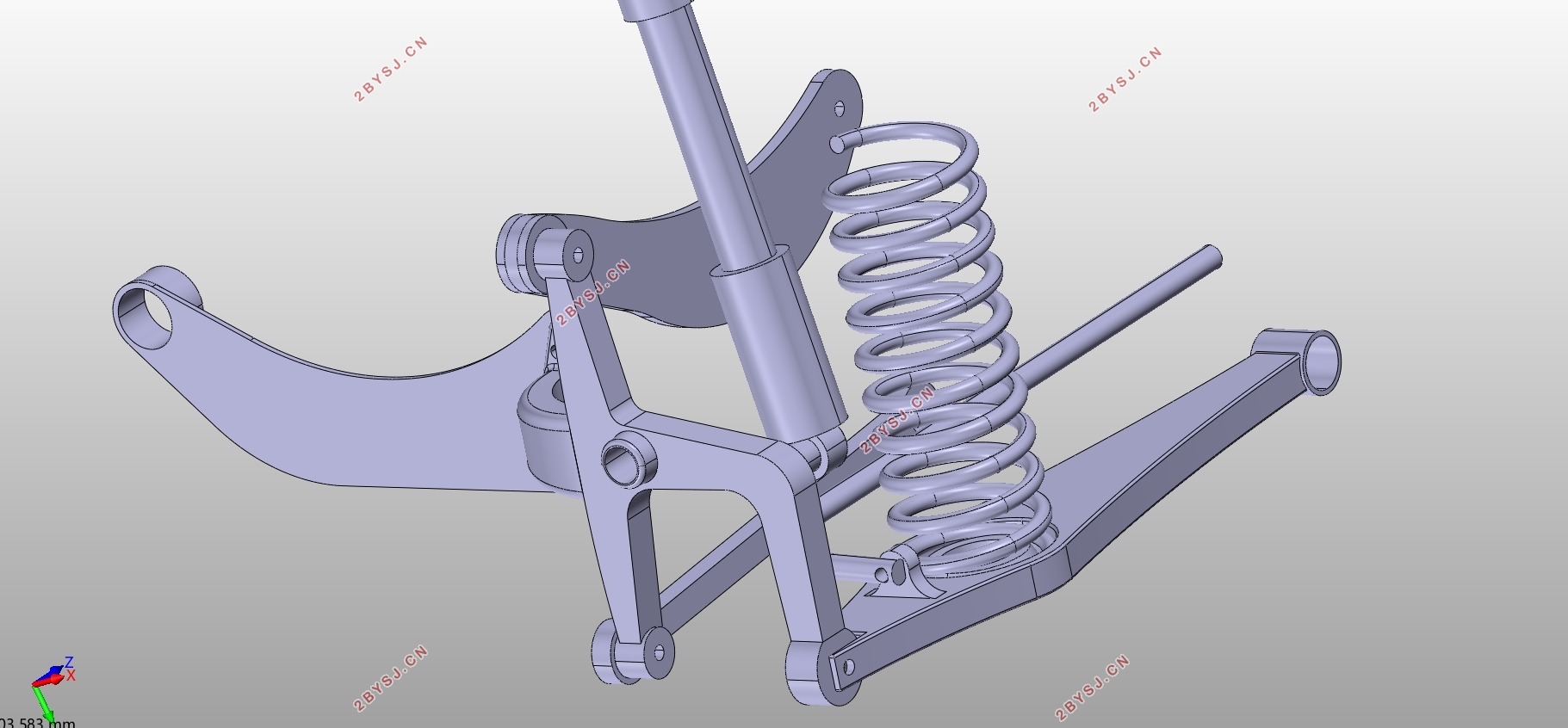
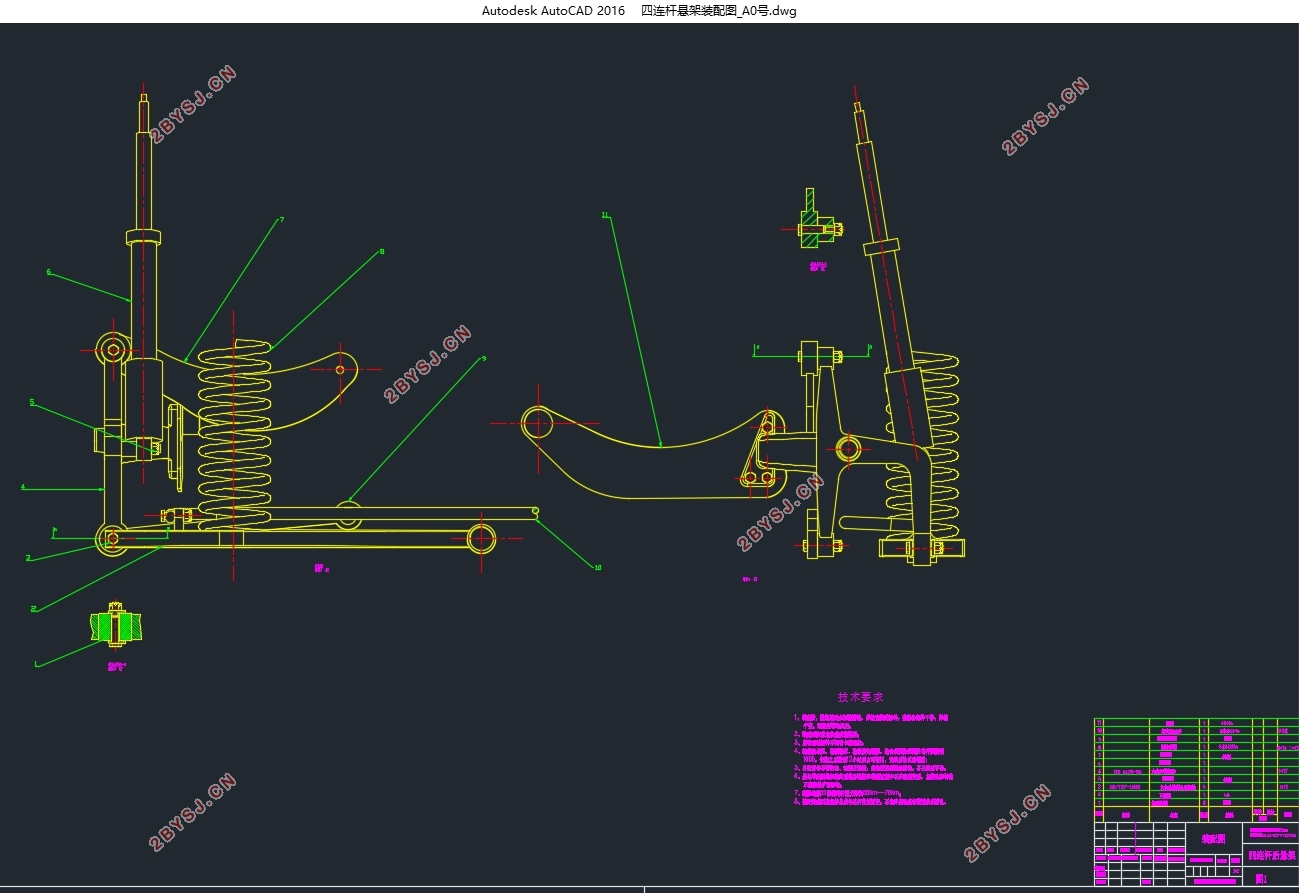


目录
第一章 绪论 1
1.1 悬架系统概述 1
1.2 悬架的分类及选择 2
1.2.1. 麦弗逊悬架 3
1.2.2. 双横臂悬架 3
1.2.3. 拖曳臂悬架 3
1.2.4. 多连杆悬架 3
1.3 悬架设计要求 4
第二章 悬架参数计算 5
2.1 S车型参数搜集 5
2.2 确定悬架主要参数 5
2.2.1. 悬架频率选择 5
2.2.2. 悬架静挠度 6
2.2.3. 悬架的动挠度 6
第三章 弹性元件选择与计算 8
3.1 弹簧形式、材料的选择 8
3.2 确定弹簧基本参数 8
第四章 悬架导向机构设计 10
4.1 导向机构设计要求 10
4.2 导向机构布置参数 10
4.2.1. 选择多连杆类型 10
4.2.2. 定义下摆臂长度和方向 11
4.2.3. 定义下控制臂长度和方向 11
4.2.4. 定义上控制臂长度和方向 12
4.2.5. 定义纵臂的长度和方向 14
第五章 减振器及横向稳定杆设计 15
5.1 减振器概述及分类 15
5.2 减振器参数设计 15
5.2.1. 相对阻尼系数ψ的确定 15
5.2.2. 阻尼系数 的确定 15
5.2.3. 最大卸荷力的确定 16
5.2.4. 筒式减振器工作缸直径的确定 17
5.3 横向稳定杆设计 17
第六章 平顺性分析 19
6.1 汽车振动系统的简化与建模 19
6.1.1. 双质量系统的传递特性 20
6.1.2. 车身加速度、悬架弹簧动挠度和车轮相对动载的幅频特性 20
6.1.3. M文件中代码的编写 22
6.2 图形输出 22
6.3 仿真结果分析 24
第七章 总结与展望 25
参考文献 26
附录 27
致谢 29
